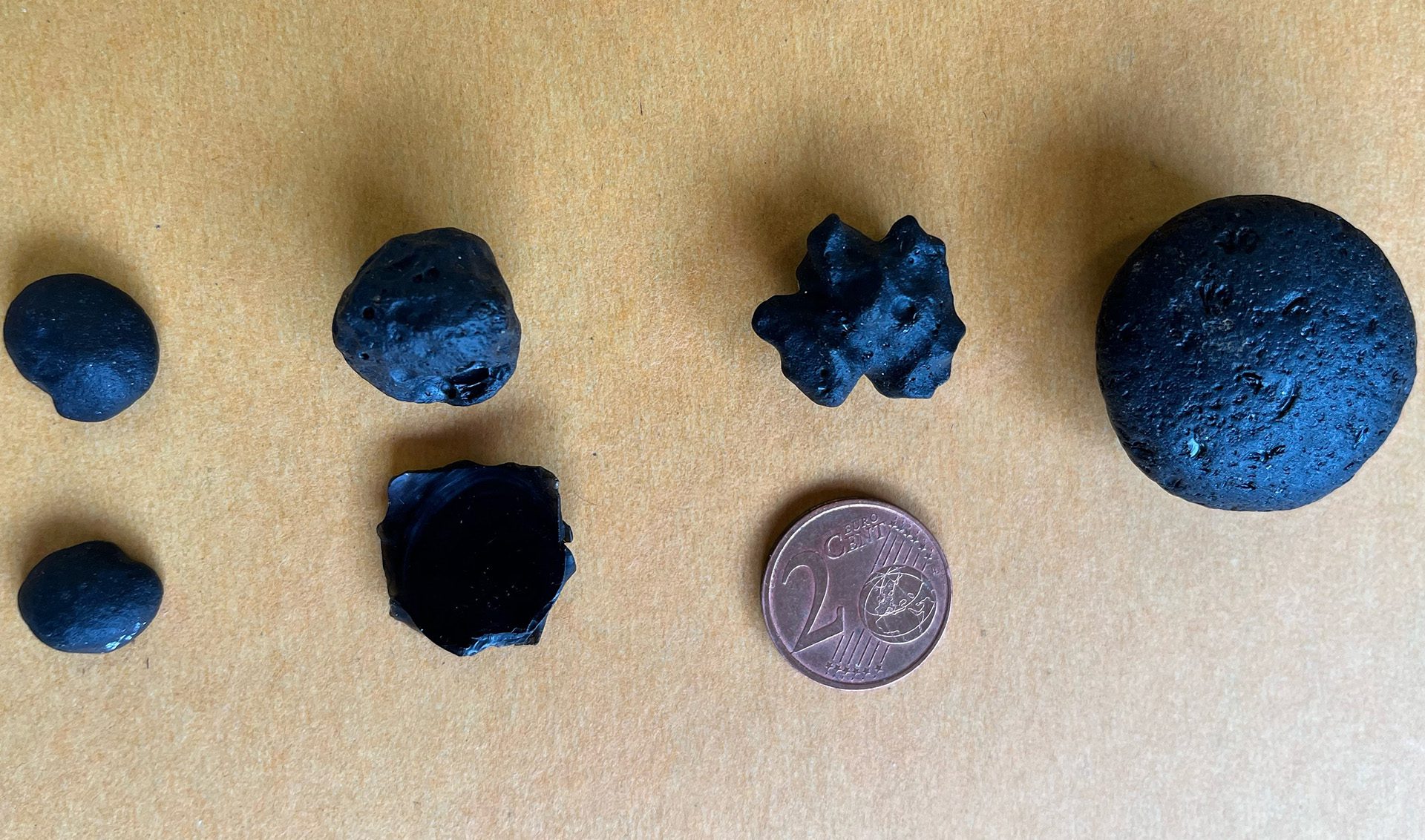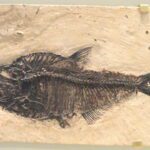Curtin researchers have helped uncover evidence of a mysterious giant asteroid impact, hidden not in a crater but in tiny pieces of glass found only in Australia.
The discovery centres on rare tektites, which are natural glasses created when a space rock slams into Earth, melting surface material and hurling it hundreds or even thousands of kilometres. The newly discovered type of tektites have so far been found exclusively in an area mainly within South Australia.
Co-author Professor Fred Jourdan, from Curtin’s School of Earth and Planetary Sciences, said finding a new tektite field is like opening a fresh chapter in Earth’s violent geological past.
“These glasses are unique to Australia and have recorded an ancient impact event we did not even know about,” Professor Jourdan said.
“They formed when an asteroid slammed into Earth, melting surface rock and scattering debris for thousands of kilometres. These tiny pieces of glass are like little time capsules from deep in our planet’s history.
“What makes the discovery even more intriguing is that, although the impact must have been immense, scientists are yet to locate the crater.
“Understanding when and how often large asteroids have struck Earth also helps us assess the risk of future impacts, which is important for planetary defence.”
Lead author Anna Musolino, a PhD student at Aix-Marseille University, said the glasses were distinct from all other known tektites.
“These tektites are unique because of their unusual chemistry and their age, which is about 11 million years,” Ms Musolino said.
“They record a completely separate impact event from the famous Australasian tektite-strewn field.
“While the Australasian tektites formed about 780,000 years ago and are spread across half the globe, these tektites are much older and their discovery suggests a previously unrecognised giant impact.”
The study was part of a larger research project led by Emeritus Professor Pierre Rochette from Aix-Marseille University and highlights both the destructive power of past impacts and the importance of studying them.
The full research paper, ‘A new tektite strewn field in Australia ejected from a volcanic arc impact crater 11 Myr ago’, is published in ‘Earth and Planetary Science Letters’ and available here.



